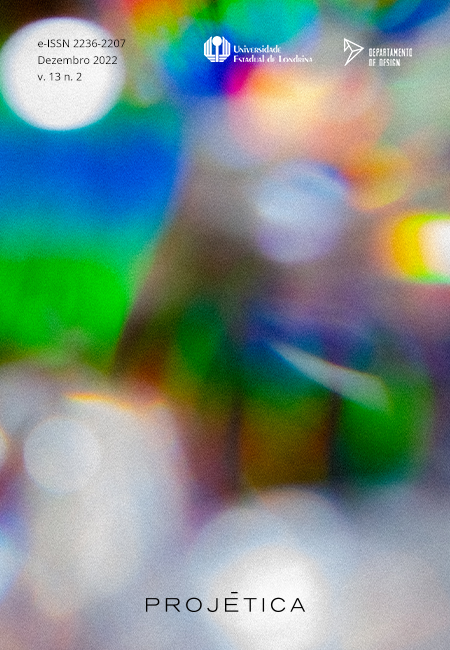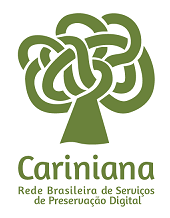Taxonomic analysis of frame types according to comic story professionals
DOI:
https://doi.org/10.5433/2236-2207.2022v13n2p209Keywords:
Linguagem visual, quadrinhos, taxonomia.Abstract
The visual language of comics is something that has been researched over time by several authors since it became an object of study. However, each author's production process is largely based on their experiences reading and producing comics. The lack of a larger study can cause confusion when producing, especially for beginner comic artists who do not have much experience and are looking for content to help them. This article aims to use a taxonomic proposal on the types of frames and interview several comic artists from different areas to understand how each one's process is, and how they understand these types of frames, and if they can be useful for their work. This article suggests that a taxonomic proposal that systematizes the way of thinking about comics can help comic artists, without excluding the fact that a large part of the decision on what the frames are like stems from an intuitive and sensitive process, which uses more of the repertoire of the comic artist and the frame context rather than fixed rules.
Downloads
References
COHN, Neil. Visual Language Theory and the scientific study of comics. Tilburg University, 2018.
DELANEY, Connor. Seeing the Big Picture: The use of Composition in Comics. The Hood Utilitarian, 2012. Disponível em https://www.hoodedutilitarian.com/2012/06/seeing-the-big-picture-the-use-of-composition-in-comics-2/#:~:text=The%20composition%20is%20the%20perspective.and%20reaction%20throughout520a%20comic.
EISNER, Will. Comics and Sequential Art. Poorhouse Press, 1985.
(AVALIAÇÃO CEGA)
MARCONI, Marina de Andrade; LAKATOS, Eva Maria. Fundamentos de metodologia cientifica. Editora Atlas, 2003.
MCCLOUD, Scott. Understanding Comics. Harper Perennial, 1993.
ROBINZON, Dave. Creating Comics: Visual and Verbal Thinking in the Ultimate Show and Tell. Colllege of Willian and Mary, 2003.
SELLTIZ, Claire et al. Métodos de pesquisa nas relações sociais. Traduçao de Maria Martha Hubner de Oliveira. São Paulo: EPU, 1987.
SCHODT, Frederik L. Manga! Manga! The World of Japanese Comics. New York: Kodansha America Inc, 1983.
WALLESTAD, Thomas J. Developing the Visual Language of Comics: The Interactive Potential of Japan’s Contributions. Marian University, 2009
Downloads
Published
How to Cite
Issue
Section
License
Copyright (c) 2022 Projetica

This work is licensed under a Creative Commons Attribution 4.0 International License.
Projética está licenciada sob a Creative Commons Attribution CC-BY 4.0 International. Os autores detém os direitos autorais e concedem à revista o direito de exclusividade de primeira publicação.
Os autores dos trabalhos aprovados autorizam Projética a, após a publicação, ceder seu conteúdo para reprodução em indexadores de conteúdo, bibliotecas virtuais e similares.
Os autores assumem que os textos submetidos à publicação são de sua criação original, responsabilizando-se inteiramente por seu conteúdo em caso de eventual impugnação por parte de terceiros. As opiniões emitidas pelos autores dos artigos são de sua exclusiva responsabilidade.
A revista se reserva o direito de efetuar, nos originais, alterações de ordem normativa, ortográfica e gramatical, com vistas a manter o padrão culto da língua e a credibilidade do veículo. Respeitará, no entanto, o estilo de escrever dos autores. Alterações, correções ou sugestões de ordem conceitual serão encaminhadas aos autores, quando necessário. Nesses casos, os artigos, depois de adequados, deverão ser submetidos a nova apreciação. As provas finais não serão encaminhadas aos autores.











